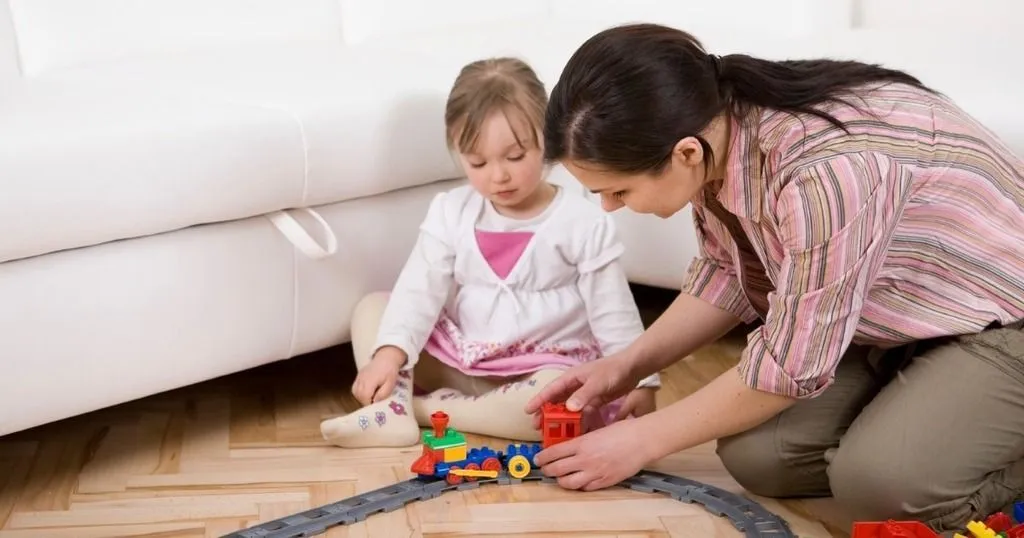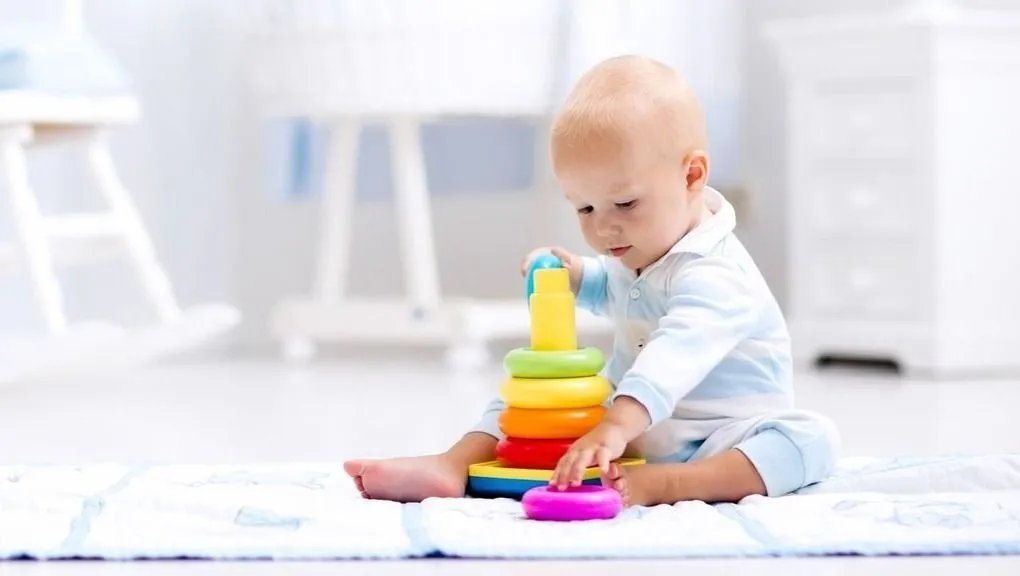Video-recording children with ASD in-home
Anne Kirby and colleagues studied sensory and repetitive behaviors among children with autism spectrum disorder (ASD). 32 children with ASD participated.
Posted by
Published on
Mon 08 Aug. 2016

Nowadays we often come across signs or printed versions of funny, motivational, and inspirational quotes about our homes. You’ll probably confirm this for yourself: we’ve all seen a postcard, a doormat, or a picture in a magazine with sentences like: ‘Home is where the heart is’, ‘Home is where you can be yourself’ or ‘Home sweet home’. A funny one I like is ‘Home is where your Wi-Fi connects automatically’.
We also read listings which convince us that ‘in this house we are real, we make mistakes, we say I’m sorry, we have fun, we forgive, we love’ and so on.
In home study
I think it is safe to say that most of us are at our best in our own homes. This creates a strong argument for researchers who study behavior influenced by environmental factors to carry out their research in-home.
So that’s exactly what Anne Kirby and colleagues [1] did in their study about sensory and repetitive behaviors among children with autism spectrum disorder (ASD). The study involved video recording observations of 32 children with ASD (2-12 years of age), going about activities within their own homes.
React differently to stimuli
Sensory and repetitive behaviors can affect the everyday lives of children with ASD, depending on how severely these behaviors manifest. Processing and integrating sensory information or stimuli, such as sights, sounds, smells, tastes and/or movement, is often difficult for children with ASD and requires more effort for them to do so. They may not react at all to stimuli, or overreact, get fascinated, or even annoyed by stimuli that non-ASD children filter out.
These sensory problems can lead to difficulties with eating or dressing; ASD children often limit their food intake, or always want to wear the same clothing.
Common repetitive behaviors include hand-flapping, rocking, jumping and twirling, arranging and rearranging objects, and repeating sounds, words, or phrases. Repetitive behaviors can take the form of intense preoccupations, or obsessions [2]. Unfamiliar spaces make sensory and repetitive behaviors more pronounced and problematic; another reason for Kirby et al. to study these children’s behaviors in the safe, familiar environment of their homes.
Observe and describe
The researchers emphasize that observational research provides more objective measure of sensory and repetitive behaviors and can support or supplement parent-report measures. Moreover, home videos capture children in their natural environments and the behaviors that regularly occur within them.
This current research focused on two aims: 1) describe the home activity contexts within which children with ASD engage in four patterns of sensory and repetitive behavior (hyper responsive, hypo responsive, sensory seeking, and repetitive/stereotypic), and 2) describe the sensory modalities and stimulus characteristics associated with each pattern of sensory and repetitive behavior.
Research assistants visited the homes of participating families three times each to collect a series of naturalistic video recordings of each child in their home environment while engaging in everyday activities. They collected video recordings using a hand-held digital recorder in three segments lasting approximately 15 minutes each.
Code daily living activities
The research team developed a coding manual with detailed procedures, instructions, and operational definitions for behavioral coding and completed coding using The Observer XT. They coded activities of daily living, social activities, and free play. The stimulus characteristics were divided in novel or familiar, child- or family-initiated, and social or non-social settings.
Hyper responsive behavior
Throughout coding, behaviors were coded as “hyper responsive” 110 times. These observed behaviors included children covering their ears or negatively reacting in response to everyday sounds (e.g. television at moderate volume and sound of water running in the kitchen sink) and sights (e.g. sunlight through a window), as well as avoiding or expressing pain during everyday activities (e.g. hair brushing, teeth brushing, face washing).
Most hyper responsive behaviors were associated with familiar stimuli, and were non-social in nature.
Sensory seeking and repetitive/stereotypic behavior
Both sensory seeking and repetitive/stereotypic behavior patterns most commonly occurred in the context of free play activities and involved child-initiated stimuli. They occurred in the presence of familiar stimuli, and often in non-social contexts.
The behaviors coded as sensory seeking included behaviors such as jumping on stairs, bouncing on large balls, throwing body into furniture or onto floor, rubbing objects on face and body, rolling around on carpet floors, and placing objects in mouth.
Repetitive/stereotypic behaviors involved some actions with objects (e.g. lining up toys over and over, and repeatedly watching segments of video) or actions related to their own bodies, such as flapping hands and rocking back and forth, alone or in a combination of actions.
The study adds new knowledge about contextual factors surrounding hyper responsive, sensory seeking, and repetitive/stereotypic behaviors engaged in children with ASD in their homes.
Naturalistic video observations capture children as they really are, not influenced by unexpected, unfamiliar, and surprising stimuli, which affect children with ASD adversely and can alter results of the study. There’s no place like home, also applies to them!
References
- Kirby, A.V., Boyd, B.A., Williams, K.L., Faldowski, R.A. & Baranek, G.T. (2016). Sensory and repetitive behaviors among children with autism spectrum disorder at home. Autism, 1-13, DOI: 10.1177/1362361316632710
- https://www.autismspeaks.org/what-autism/symptoms
Also interesting: https://www.autismparentingmagazine.com/autism-meltdowns/
Related Posts
Video tracking of children with autism

Systematic behavioral observation – two coding scales

